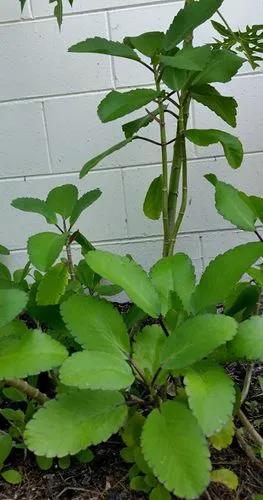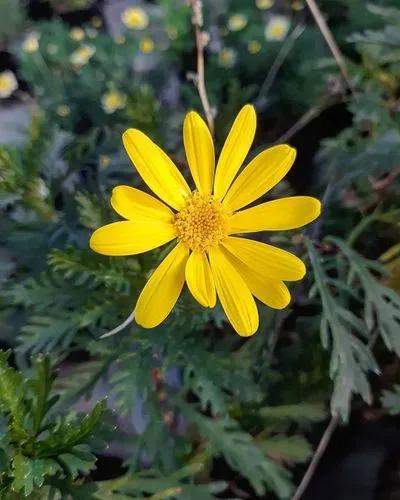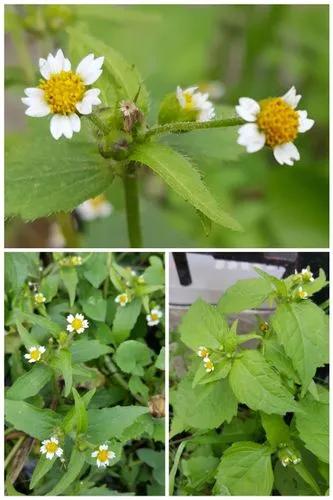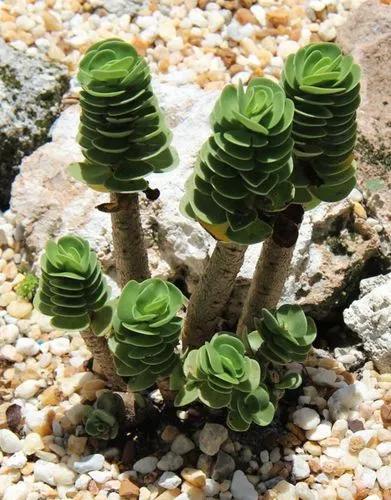Rhinanthus angustifolius, the narrow-leaved rattle or greater yellow-rattle, is a plant species of the genus Rhinanthus. It is an annual wildflower native to temperate grasslands in much of Europe, and north and central Western Asia. The yellow flowers are mostly visited by bumblebees.
Narrow-Leaved Rattle Care
Rhinanthus angustifolius



Rattles’ scientific name Rhinanthus comes from the Ancient Greek words rhinos, ’nose’ and anthos, ’flower’. Rattles could easily be called ‘nose-flowers’: the flower’s upper labellum forms a hooked nose, and at the bottom of the throat there are two purple-tinged teeth. Ripening seeds remain protected inside the fruit nest. This Construction has given rise to many kinds of associations. In the old days the calyx was a purse in children’s games and the seeds that hung inside were the money. When the capsules ripen, the stems dry and become rigid, and gusts of wind can carry off the winged seeds. The rattle of the seeds in the capsule used to be the sign for farmers to begin hay-work. As a hemiparasite, narrow-leaved rattle sucks nutrition from its neighbour’s roots at the same time as it assimilates itself though its green leaves. Narrow-leaved rattle can be divided in Finland into two variations; var. vernalis is the more common of the two in the wild, while var. apterus is casual and hard to find.
This plant is useful.
Discover more plants with the list below
Popular articles






